What are black lentils (aka beluga lentils)? Learn about this hearty legume, nutritional benefits, and how to cook with it in this ultimate guide to black lentils!
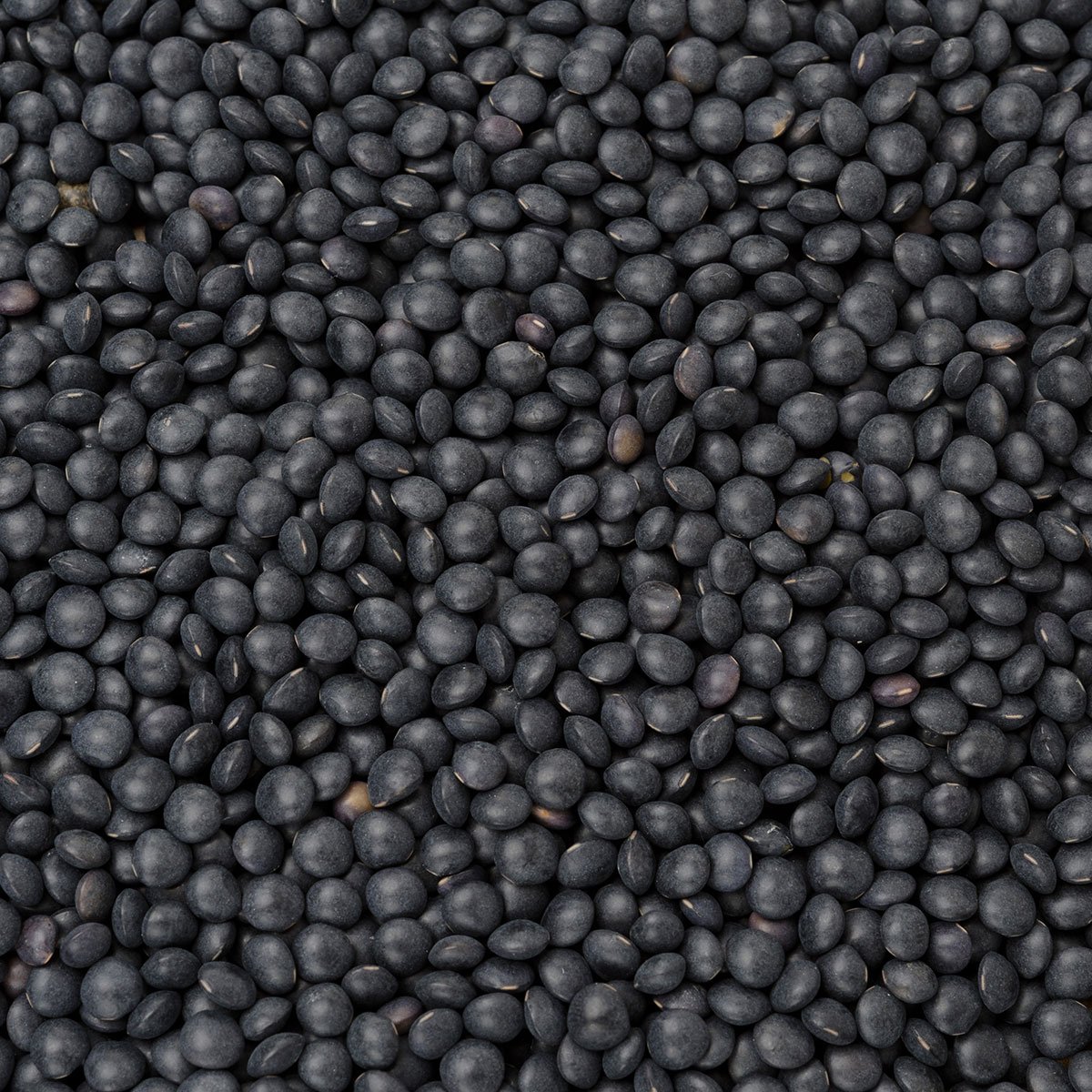
Food Trivia!
What are chocolate lentils? The answer is at the end of this post!
What Are Black Lentils?
Black lentils, also known as Beluga lentils due to their resemblance to Beluga caviar, are a small, dark variety of lentils known for their rich, earthy flavor and firm texture.
Black lentils can be commonly found in both Asian and North African cuisines, but are also used in many other forms of cooking.
These lentils are a favorite among chefs and home cooks alike for their versatility and ability to hold their shape when cooked. Black lentils are typically about ⅓ the size of other lentils which come in brown, green, red, and yellow colors.
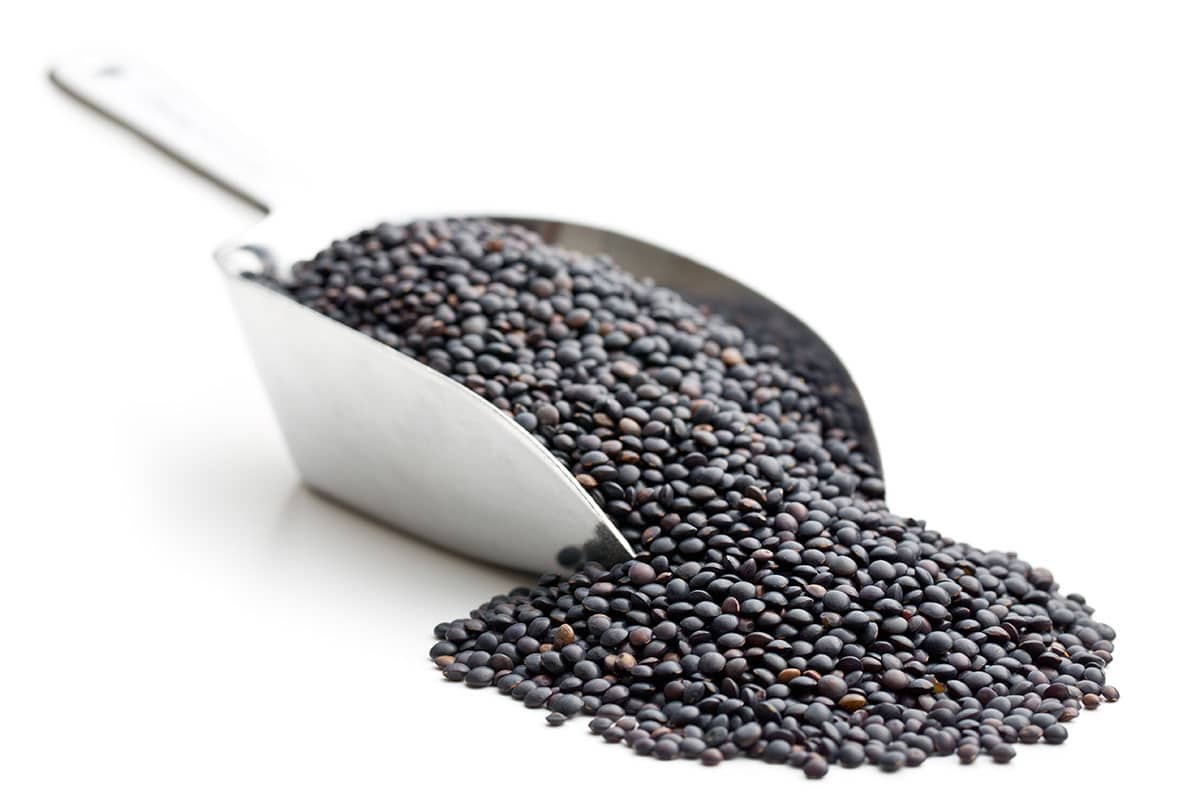
Flavor and Texture
Black lentils have a robust, nutty taste that is often described as earthy or slightly smoky.
Their firmness makes them ideal for salads, soups, and side dishes, as they maintain their shape and provide a satisfying bite after cooking.
This characteristic sets them apart from red or yellow lentils, which tend to become softer and more creamy when cooked (👉 see how to cook lentils).
Black Lentil Origin and Growing Regions
Black lentils originated in the region around the Mediterranean, and have been eaten by humans for thousands of years. They were cultivated and consumed by ancient civilizations, including the Romans and Greeks. Over time, they spread to various parts of Asia, Europe, and the Middle East. Today, black lentils are grown in many countries worldwide. The world’s leading producers are:
- Canada
- India
- Turkey
- United States
- China
- Nepal
- Syria
- Australia
- Pakistan
- Bangladesh
This seems a wide scattering of unrelated nations, but the beluga lentils like cool dry climates and all these nations have that!

Black Lentil Uses
Salads: Black lentils make a great addition to salads. They have a firm texture that holds up well in salads and they provide a nutty flavor. We like them with fresh vegetables, herbs, and a vinaigrette dressing.
Soups: These lentils are excellent for adding depth and protein to soups. They don’t break down as easily as other lentil varieties, so they maintain their shape and texture when cooked. Try them in hearty vegetable soups or lentil chili.
Curries: Black lentils work well in Indian-style curries. They pair nicely with aromatic spices and can be simmered in a tomato-based sauce for a flavorful and satisfying curry. Try them in this Madras Lentil Recipe (a copycat of those Tasty Bite lentil pouches everyone loves!)
Grain Bowls: Use black lentils as a base for grain bowls. Combine them with cooked grains like quinoa or rice, roasted vegetables, and a protein source for a well-balanced lunch or dinner.
Veggie Burgers: Black lentils can be mashed and used as a base for vegetarian or vegan burger patties. They provide a meaty texture and a good source of protein. Their firm texture will help hold the burgers together.
Dips and Spreads: Blend cooked black lentils with garlic, lemon juice, and tahini to create a nutritious dip or spread. It’s a healthier alternative to traditional hummus.
Side Dish: Serve black lentils as a side dish alongside roasted or grilled meats, poultry, or fish. Season them with herbs and spices for added flavor.
Lentil Tacos: Use black lentils as a filling for vegetarian tacos. Season them with taco spices and load them into taco shells with your favorite toppings.
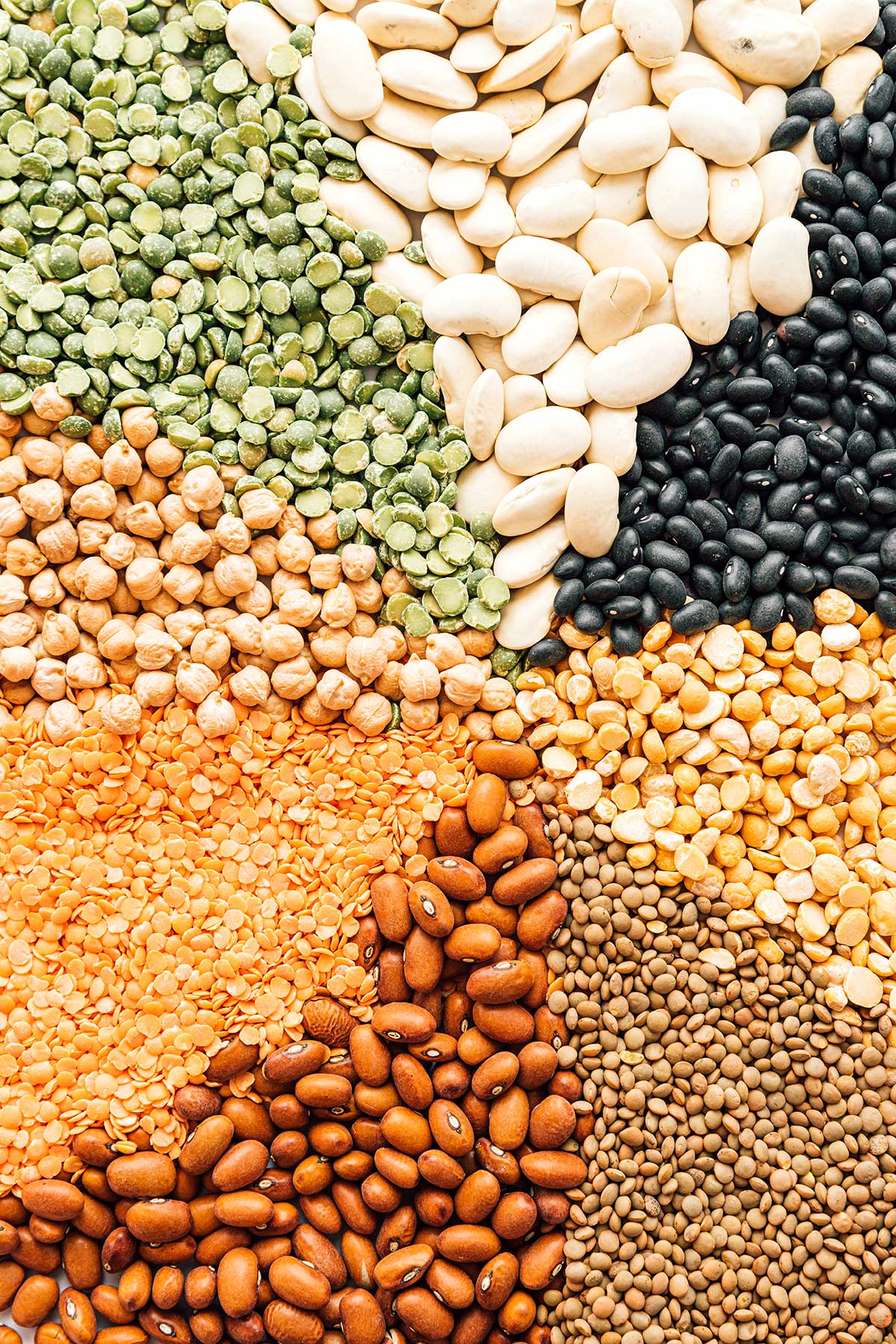
Are Lentils Beans?
Lentils are not beans. Lentils and beans are both legumes and share some similarities in terms of their nutritional content and culinary uses, but they are from different botanic families and have distinct characteristics.
Lentils are small, lens-shaped seeds that come in various colors, including brown, green, red, and black, and they cook relatively quickly compared to many types of beans. Beans, on the other hand, can be larger and have different shapes and colors, depending on the variety.
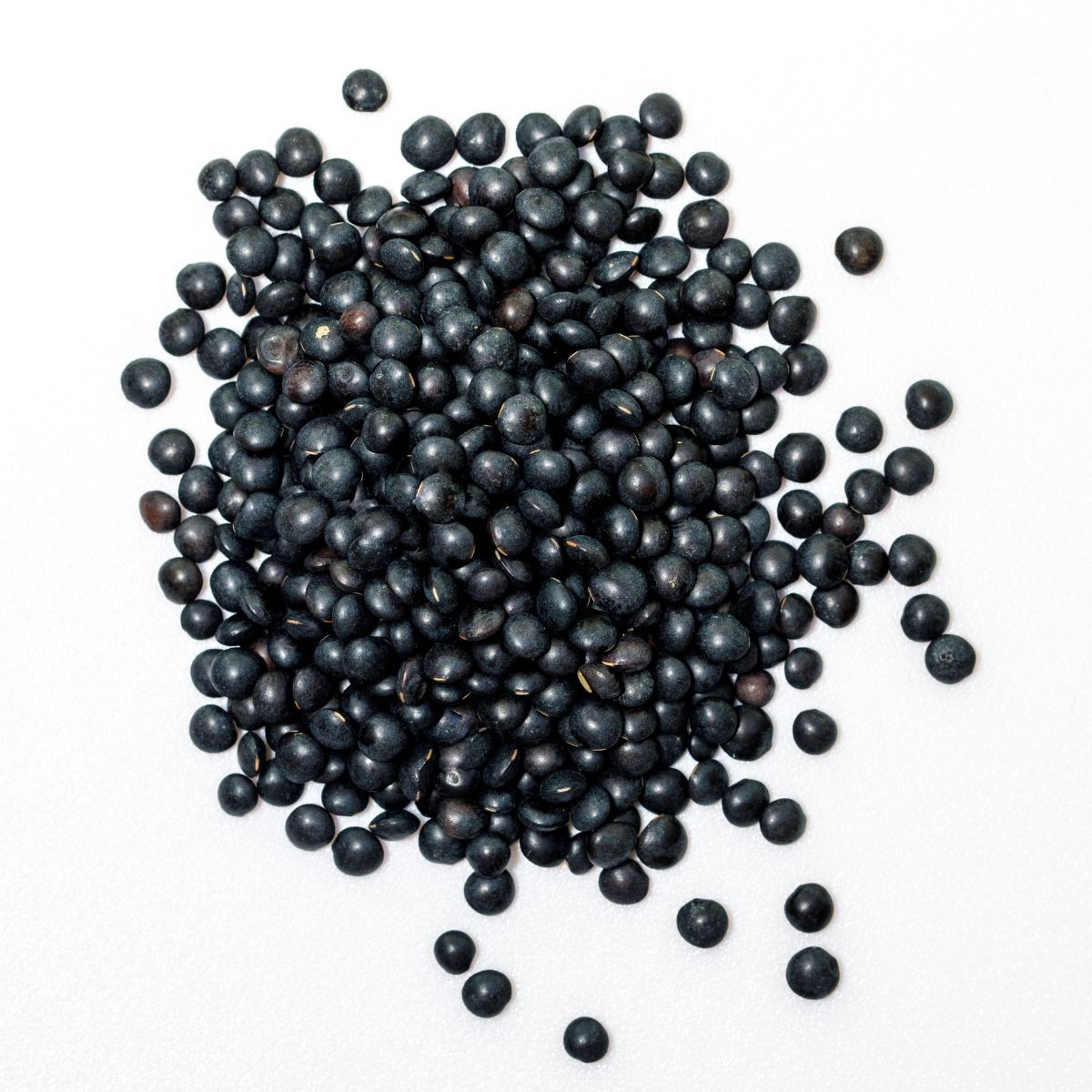
Black Lentil Health Benefits
Black lentils are a nutrient dense food loaded with protein and fiber. The USDA recommends women eat 25g of fiber daily, and asserts that 90% of Americans do not reach this goal. A single serving of black lentils covers ⅓ of the daily requirement.
Black lentils are also a good source of polyphenols, antioxidants important to overall health. What’s more, their deep black color comes from the presence of anthocyanin, an antioxidant found in other blue or black fruit and vegetables. The highly regarded Mayo Clinic states that “anthocyanins can help lower your risk of developing coronary heart disease.” If you want to know more in this regard check out the National Institute of Health discussion on antioxidants.
A word of caution, if you buy canned lentils they may be significantly higher in sodium as it is added to many, but not all, canned lentils as a preservative and taste enhancer. The USDA states that most Americans consume too much sodium.
Black Lentils in Vegan or Vegetarian Diets
Black lentils are definitely a great choice for Vegan and Vegetarian diets. Their high protein content augments these diets in an area that is sometimes lacking, and they are easy to work into a variety of cuisines as we discussed above.
Are Lentils Keto?
Black, or beluga lentils, are not very keto friendly. According to the USDA a 100g serving contains 12g of net carbs. Net carbs is total carbs (20g) minus fiber (8g). You could work a small amount of beans into a keto or other low carb diet, but not many. The carb allowance on these diets tends to be quite low (25-50g daily), and lentils would take a big hunk of that.
One challenge for people on keto diets is eating enough fiber due to the high fat content of the diet. A small amount of lentils would be a good way to increase fiber intake if the carb load can be fitted into the daily carb allowance.
Trivia Answer
Before M&Ms became a famous brand, a similar hard coated chocolate candy was made in Europe. Due to their lentil-like size and shape (like M&Ms) they were often referred to as “Chocolate Lentils”.
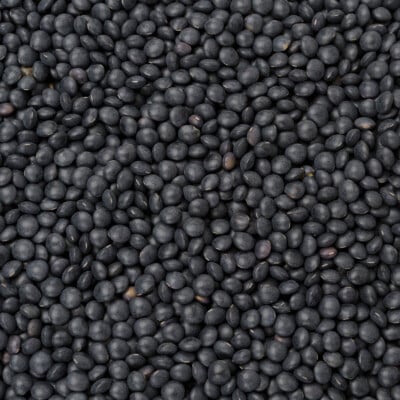
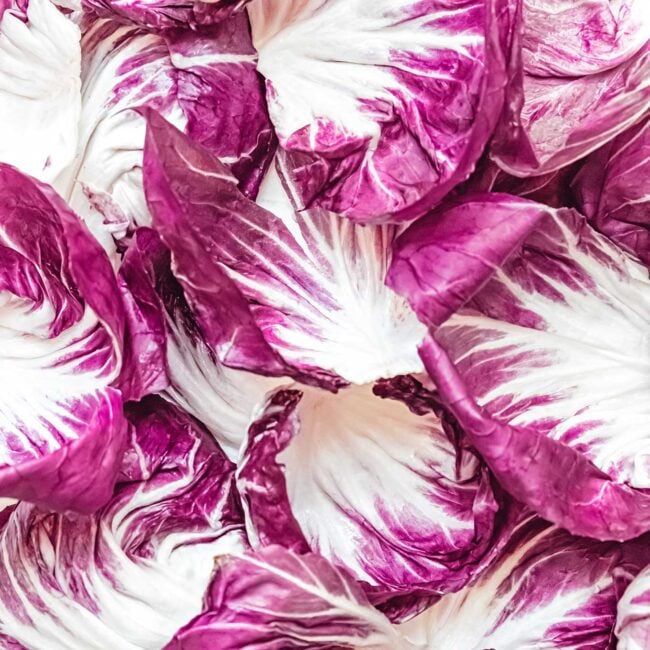
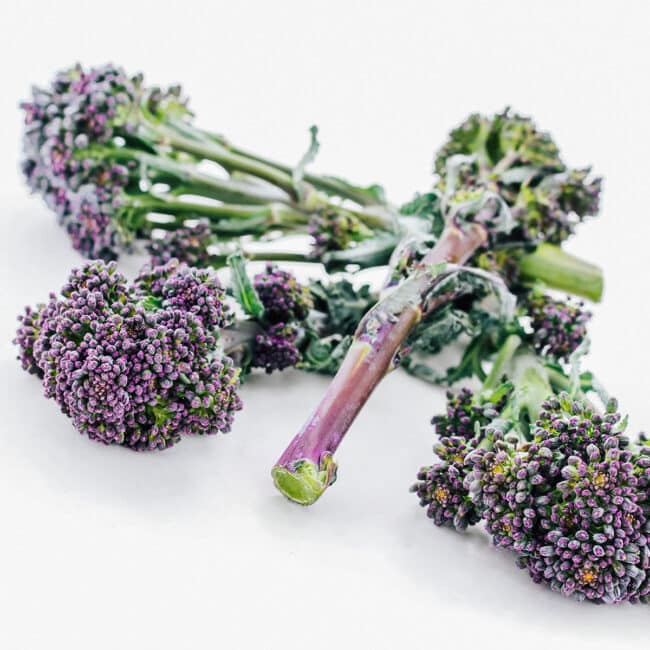

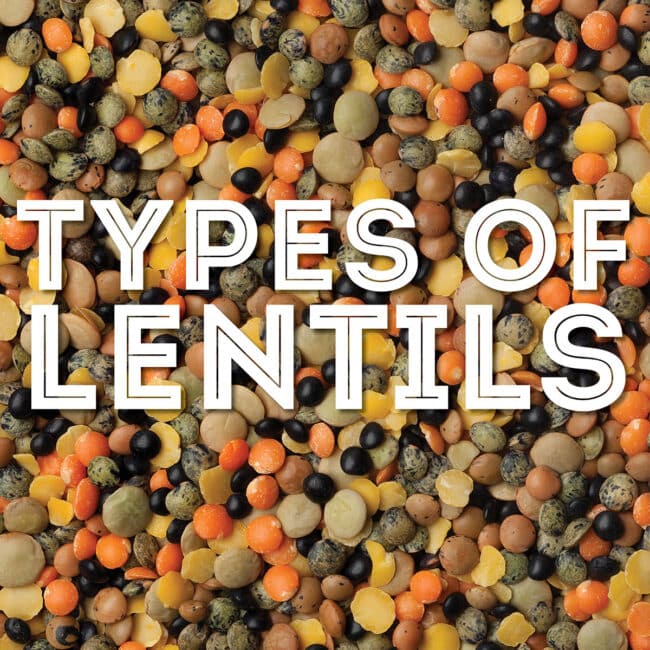
Leave a Comment